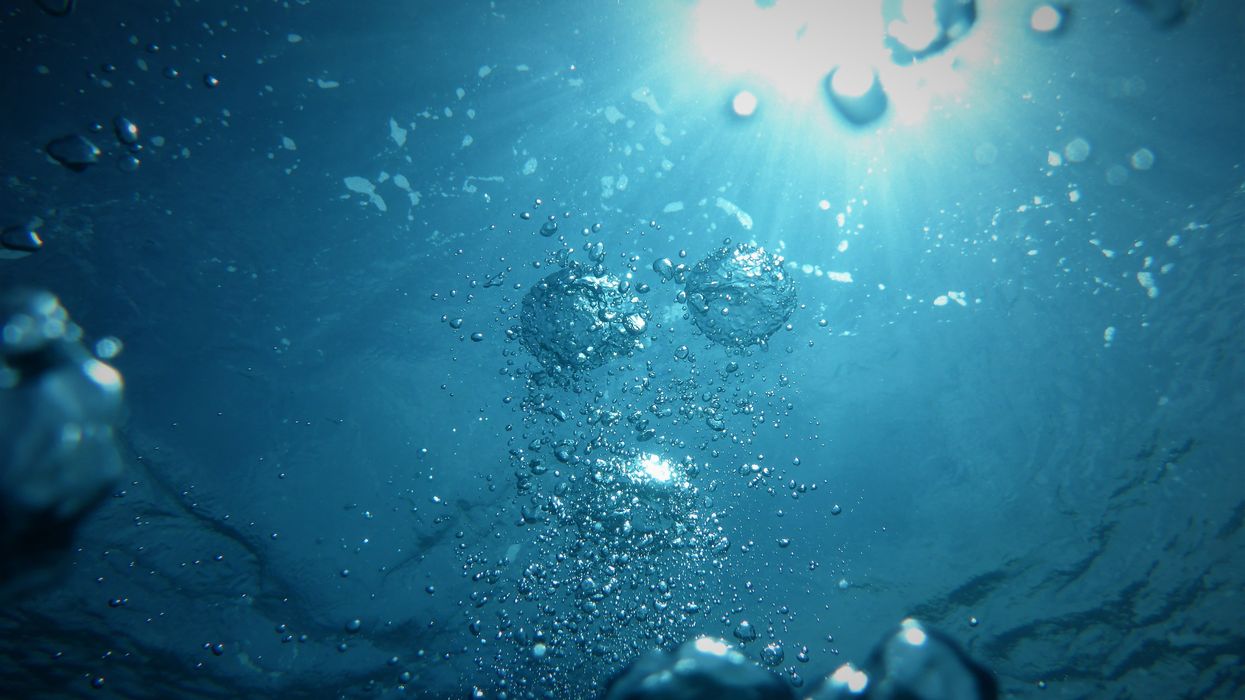Catherine Shuttleworth
Dec 10, 2023

"Fire-ice" is starting to melt due to climate change
Photo by Jong Marshes on Unsplash
Methane could start to be uncontrollably released into the ocean and atmosphere after researchers find that "fire-ice" is starting to warm earlier than previously thought.
Fire-ice is the name sometimes given to a naturally occurring frozen form of methane and water. It gets its nickname due to the fact that you can literally set light to it.
When marine methane hydrate melts as the climate warms, the greenhouse gas is released.
Now, there is a worry that fire-ice contains about as much carbons as all of the remaining oil and gas on Earth, and it's more vulnerable to warming than we realised.
If methane is released from the seabed it would be bad news for our oceans. Making them become more acidic and further propelling the climate to warm.
Evidence already exists that the process of methane venting has started again near the east coast of the US. The massive release of methane from similar ancient marine hydrate reservoirs has been linked to some of the most rapid climate changes in Earth's history.
Writing for IFLScience, Richard Davies, Pro-Vice Chancellor: Global and Sustainability at Newcastle University, said that "3D seismic data intended to reveal oil and gas and repurposed it to map out the hydrates under the ocean floor".
"I wanted to work out if climate change is causing methane to bubble to the surface."
Around continents, where the oceans are relatively shallow, hydrates are only just cold enough to remain frozen, making them extremely vulnerable to warming.
Thankfully, only 3.5 per cent of the world's hydrate resides in the vulnerable zone, with most others deemed "safe".
But some of these "safe" hydrates are right at the point of instability. This is because the layers of sediment that contains the hydrate 450 metres to 700 metres below the seafloor, is being warmed geothermal by the Earth.
Methane gas wants to push upwards through the hundred of metres of sediment layers due to its buoyancy. And this may be possible due to the permeable nature of some layers of sediment that create an underground plumbing for the gas to move through if it's liberated due to global warming.
You can read Professor Davies and his colleagues findings in Nature Geoscience.
Sign upto our free Indy100 weekly newsletter
Have your say in our news democracy. Click the upvote icon at the top of the page to help raise this article through the indy100 rankings.
How to join the indy100's free WhatsApp channel
Top 100
The Conversation (0)













